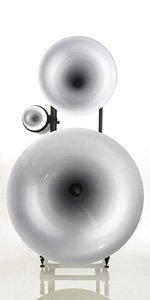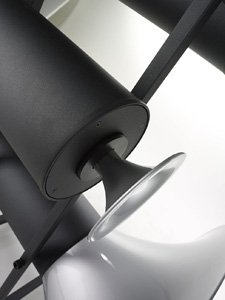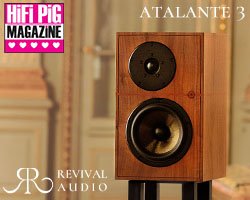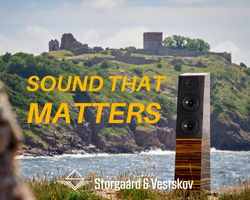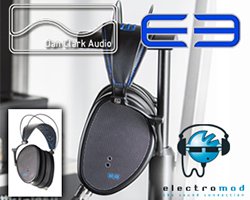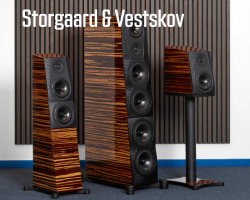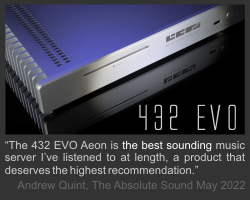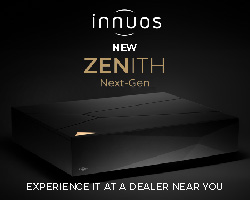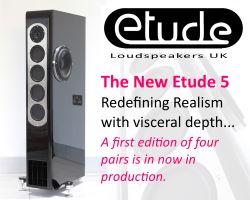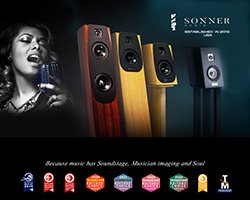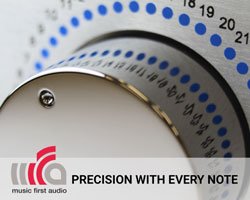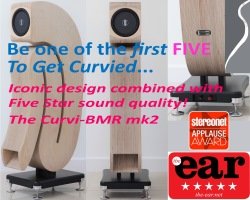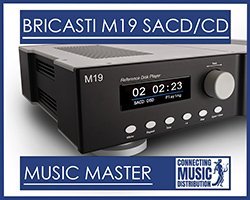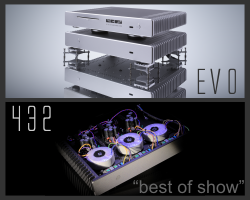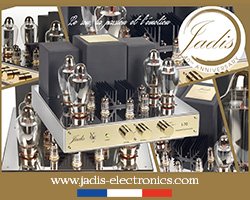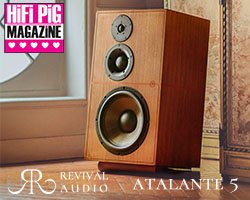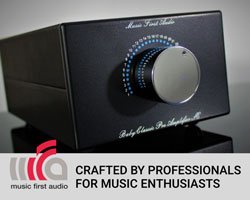Now, without a doubt this is a high-end loudspeaker whose visual impact is certainly going to divide opinion and I for  one don’t see that being any kind of problem at all. In the world of high-end audio it’s important that products distinguish themselves from each other and the Bowers and Wilkins Nautilus certainly does that in spades.
one don’t see that being any kind of problem at all. In the world of high-end audio it’s important that products distinguish themselves from each other and the Bowers and Wilkins Nautilus certainly does that in spades.
The Nautilus is the flagship model in the Bowers and Wilkins stable and is quite clearly, whether you love it or hate it, a design classic. It came to fruition at the end of five years of research and development where the only brief was to “do whatever was necessary, however unconventional, to make the best loudspeaker anyone has ever heard”.
High and Mid frequency drivers are housed in the long tapering wave-guide pipes at the top of the unit, with the idea that the tapering effectively stops sound waves being radiated from the rear of the units. Now this is all well and good, but the 300mm drive unit that is used for the Nautilus’ bass section would require a pipe around three metres long – the brief was to “do whatever necessary” but practical considerations of getting the loudspeaker into the house/studio had to come into play at some point in the speaker’s design. This is where the designers turned to nature and a continuous tapered pipe in the form of a curve.
The seamless enclosure of the Nautilus is formed from a 10mm thick, glass reinforced ABS compound that is then stood atop a 50Kg block plinth. Of course the outer for the enclosure is beautifully finished in a pearlescent high-gloss finish. Standard colours for the Nautilus are black, silver and midnight-blue but you can specially order any colour you wish.
If you do a google search for Nautilus you’ll be taken to a wiki page about the cephalopod of the same name and this is clearly where the company get the name from.
Ok, the B&W Nautilus isn’t cheap at £55,000, but they are a beautiful looking loudspeaker and quite unique in their appearance. I feel the organic/mechanical form somewhat reminiscent of the work of HR Geiger and, as a fan, they do appeal to me a great deal purely on aesthetic grounds. They really do look like a piece of art!


